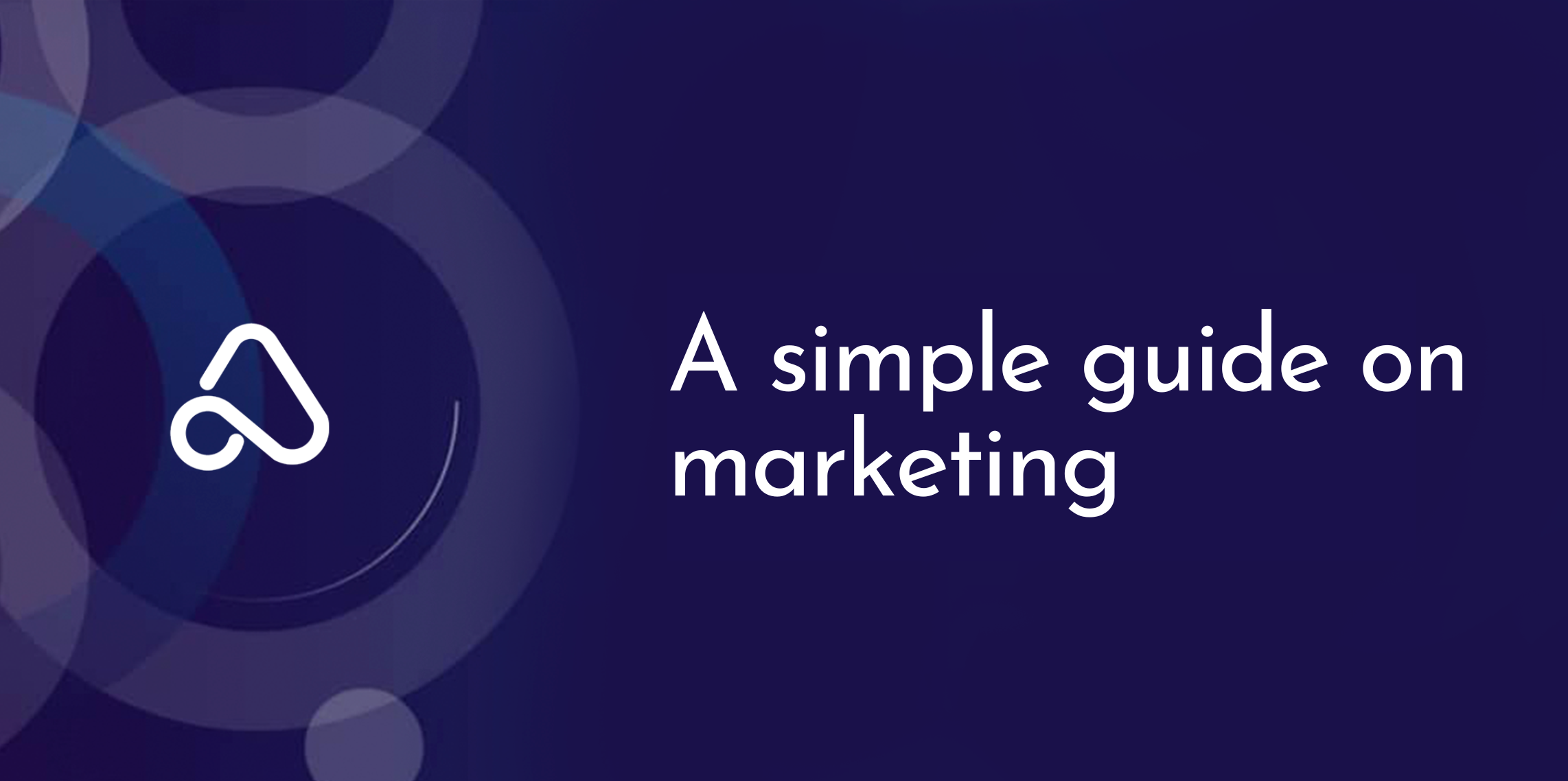Aidi — Marketing
Return
Marketing is an important part of building a startup. Contrary to popular belief, great products do not necessarily sell themselves. Marketing in one form or another helps sell great products. What marketing does is amplify the great product/service. For founders who have little or no marketing experience, this aspect of the business may seem daunting. Where do they begin? What marketing channels should they use? Should paid marketing be prioritised over organic marketing? etc. Employing a marketing manager is a good way to begin but, there’s a need to understand what you want out of your marketing efforts so you can clearly communicate your expectations to the marketing team. Additionally, for founders who are bootstrapping and are yet to make a hire, handling some marketing tasks and responsibilities is usually expected.
This blog post will help you understand what marketing is and the various tactics startups can employ to get their product/service across to their market.
What is marketing? The American Marketing Association defines marketing as the activity, set of institutions, and processes for creating, communicating, delivering, and exchanging offerings that have value for customers, clients, partners, and society at large. Hubspot defines it as the process of getting people interested in your company’s product/ service. Oftentimes, marketing is used interchangeably with sales. These two are different but work hand-in-hand to achieve common goals- demonstrating the value of a product/service, strengthening brand loyalty and eventually, sales. Product development, distribution, sales, and advertising are all part of the marketing cycle.
Now that we have carefully looked at the meaning of marketing, one may wonder what digital marketing then means. Simply put, it is marketing using digital channels. These channels may include social media, email marketing, web-based advertising, etc. For startups looking to reach their audience online, this is the right time to invest in digital marketing as there are 5 billion internet users globally as of April 2022. Bear in mind that each digital marketing effort/ campaign must support your overarching marketing goals. For example, if your goal is to introduce your product/service to the market, your campaign must be solely focused on ways to achieve this. The typical campaign may involve creating how-to videos, guest posting on other niche websites, sharing regularly on social media, trying email marketing and sometimes, sponsoring local events related to your industry.
Speaking of marketing goals, what kind of goals should a startup aim for? Startups differ and so do their marketing goals/ objectives. Your objective is dependent on your core priorities either in the short or long term. Here’s a list of common marketing goals businesses should consider, especially at inception;
- For brand awareness:
If you’re looking to introduce your product/ service to the market, your goals may look like creating SEO-optimized content to attract visitors to your website, adopting content marketing, sharing relevant and engaging content on your social media, improving reach and engagement via social media, increase signups and leads etc.
- For product launch:
when launching a new product or product line to the market, some goals to consider may include publishing a specific number of blog posts to build awareness of the product by a certain rate or percentage, securing a number of placements in online media using digital PR, sharing updates on the launch in niche communities, etc.
- For brand loyalty:
when you found your audience and want to focus on retention, your marketing goals can include community building, establishing a referral network/ program, exploring user-generated content, hosting virtual or physical meetups, etc.
- To reduce churn:
At some point, your customers may pivot to using alternative products/services due to some reasons. This becomes an issue if your customers repeatedly either abandon without completing a certain step or taking a call to action or stop using your product/ service entirely. Here are some objectives you can set to retarget, convert or reconvert target customers - improve email marketing (this can mean sending targeted emails to customers who do not fulfil an action or reducing the number of emails sent if they begin to be perceived as a spam due to its unusual frequency), offer well-researched and relevant incentives, target the right people (if you notice that your initial research on your target audience was wrong), etc.
Keep in mind that every goal should be SMART- Specific, measurable, attainable, relevant and time-bound.
Having examined some of the marketing goals you can consider, let’s look into the different aspects of digital marketing you can leverage for your business. These channels can either be paid or free and they are;
- Social media:
This is one of the most cost-effective ways of marketing. Depending on your business and where your audience is, you can set up profiles on Linkedin, Twitter, Facebook, Instagram, TikTok, etc. There is a need to understand how each of these social media channels works, the best content format for each, how often to share content and recommended times for posting. However, a good place to start is to optimize your profile; use the recommended image size for your profile picture, set up a clear bio, and share a link to your website or landing page, a CTA and share relevant, engaging content consistently (this can be daily, 3-4 times per week, etc depending on your preference).
- A Website:
Having a website is important. Customers can visit your website to know more about your offering, pricing, and to understand how the product works, etc. As you go about optimising for SEO, your website will be one of the best ways to do this.
- Search Engine Optimization:
SEO is the process of improving your website ranking in search engines like Google, Edge, Brave etc. One of the ways to achieve this is through content marketing (we’ll dig into this as we go on). It involves making your website search efficient so ‘bots’ can find content and rank it accordingly. For instance, your startup produces footwear for big feet. Through marketing, you can publish articles, blog posts etc that address problems that your audience may have. Through other optimisation processes including ranking for specific keywords related to their search, the relevancy of your content and other factors, the search engine will display your content, article, etc when the user puts in a query to the search engine. SEO helps your business get discovered on the web, establishes you as a thought leader, helps in lead generation, and increases your chances of being discovered by your audience, among others.
- Email marketing:
This is a good way of communicating with your audience. With this channel, you can send marketing materials to them, share discounts, tips, and events with them, inform them of new products/launches, get feedback, etc. There’s so much a business can achieve with this. While there are paid email marketing software, good and free ones such as Mailchimp exists.
Other channels include paid advertising, video marketing, content marketing and referral marketing exists. The trick is to take it one step at a time, explore what works for your audience and zero in on them.
In subsequent articles, we’ll take a long, deep dive into marketing for B2C, B2B and B2D startups.





